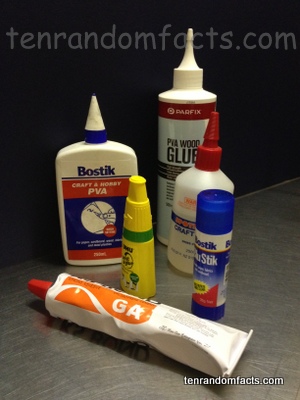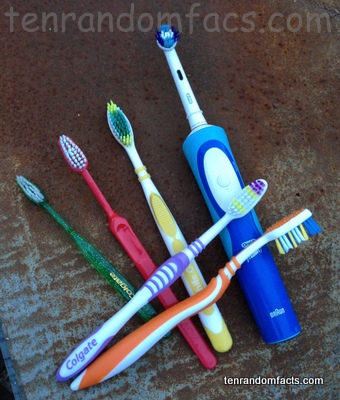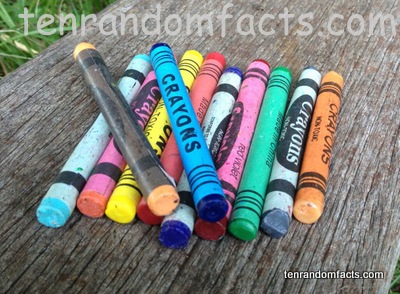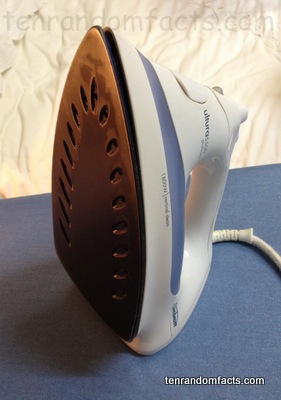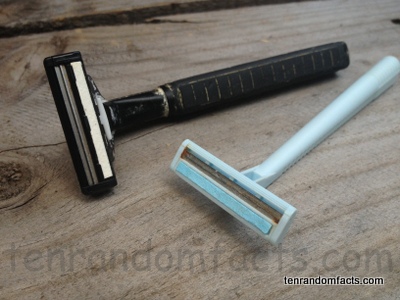
Many men and women use razors.
- Razors are used to cut body hair by shaving.
- Razors have been used since the Bronze age and were originally made from bronze or obsidian.
- There are three main types of razors; electric razors, straight razors and safety razors.
- Straight razors started being produced in the 1700s and were mainly used by skilled barbers or servants to shave those who were wealthy.
- The first modern straight razor was decorated and had a hollow ground blade.
- Sharpened clam shells, shark teeth and flint have all historically been used as razors.
- Electrical razors, known as electric shavers, were first produced in the 1930s.
- Stainless steel blades have been used in razors since 1960, which makes the razor reusable.
- Razors are often hard to sharpen, so today’s razors mostly have blades, that when blunt, are disposed of.
- Safety razors were invented in the late 1800s, and have become the most common type of razor.




